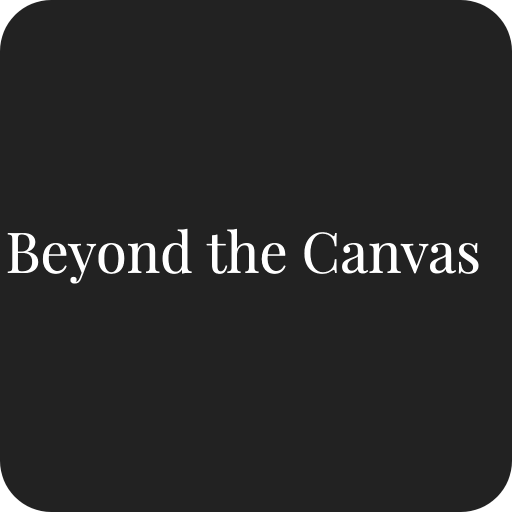- Beyond the Canvas

- Jun 6, 2020
- 2 min read
Christo left us earlier this week, he died in his New York home at the age of 84. Together with his life and work partner Jeanne-Claude (d. 2009) he created some of the most visually arresting temporary large-scale installations ever seen. Their work was visionary and unique, it truly stretched the boundaries of what we understand as art. Through their signature wrapping and draping technique, they used monuments, landmarks, bridges, islands, buildings, and nature itself as their canvas and transformed them into iconic artistic interventions.
Christo and Jeanne-Claude were free artists whose practice succeeded in marrying socialism with capitalism. The duo managed to fund their multi-million projects through the sale of the preparatory drawings and made them accessible to the public at no cost. And although each dauntingly complex project took years to design and realise, it would only exist for a few days before it was gone forever. It is perhaps this ephemeral element that is so poignant, the transience of these installations is painfully reminiscent of the brevity of human life. With any of their projects there is a distinct awareness that we are in front of something extraordinary in all its fleeting majesty. To quote Jeanne-Claude, 'The never-to-happen-again dimension is something people can connect with.'
In a 1958 letter Christo wrote, 'Beauty, science and art will always triumph.' I like to believe he was right and hope that his unfinished project for the Arc de Triomphe in Paris (scheduled for late 2021) will see the light.
#christo #inmemoriam #contemporaryart #conceptualart #installationart #artblog #artblogger #beyondthecanvasblog

Le Pont Neuf Wrapped
Paris, France (1975-85)

Wrapped Reichstag
Berlin, Germany (1971-95)

Wrapped Trees
Fondation Beyeler and Berower Park, Riehen, Switzerland (1997-98)

Christo at The Floating Piers
Lake Iseo, Italy (2014-16)

Little Coast
Sydney, Australia (1968-69)
All images © 2020 Christo https://christojeanneclaude.net


